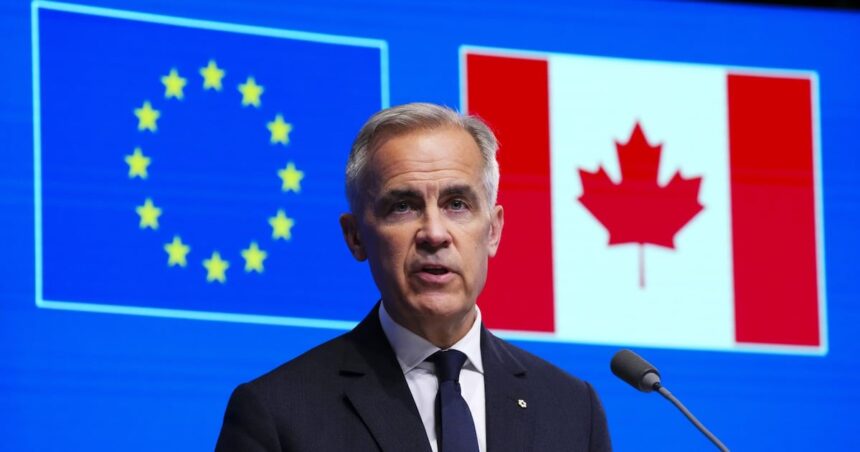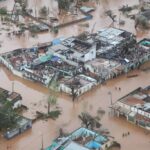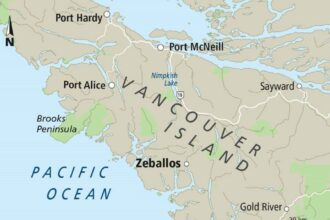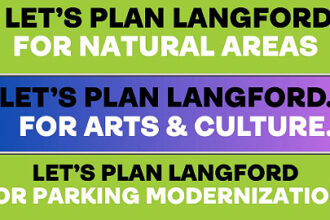Foreign Affairs Minister Mark Carney arrives at The Hague today with a diplomatic tightrope to walk as Canada faces mounting pressure over its NATO defense commitments. The three-day summit opens against a backdrop of intensifying global conflicts and renewed calls for alliance members to meet—or exceed—the longstanding 2% GDP spending target.
Canada currently allocates roughly 1.33% of its GDP to defense, placing it among the lower-spending NATO members despite recent increases. This shortfall has become increasingly problematic as Russia’s war in Ukraine continues unabated and new security challenges emerge across multiple fronts.
“The international security landscape has fundamentally changed,” Carney told reporters before departing Ottawa. “Canada understands its obligations to collective security and will engage constructively with our allies on pathways to meeting our commitments.”
Prime Minister Annabelle Thomas, who will join the summit on Wednesday, faces significant pressure from the United States and European partners who have already surpassed the 2% threshold. Germany, once reluctant to boost military spending, now invests 2.1% of GDP in defense—a striking reversal that highlights Canada’s growing isolation on this issue.
When questioned about specific timelines, Carney remained noncommittal but emphasized that “substantial progress” would be made in the government’s upcoming defense policy review. Sources within the Department of National Defence indicate that any plan to reach 2% would likely extend beyond 2030, requiring approximately $20 billion in additional annual defense spending.
NATO Secretary General Mark Rutte has made clear that patience with underspending allies is wearing thin. “The threats we face don’t recognize budget constraints,” Rutte stated last week. “Every member nation must contribute their fair share to our collective security.”
Defense experts point to Canada’s geographic advantages and historical reliance on American security guarantees as factors that have allowed successive governments to defer major military investments. However, this approach appears increasingly untenable.
“Canada can no longer hide behind geography or special relationships,” said Dr. Elaine Matthews, senior fellow at the Canadian Global Affairs Institute. “The political capital we’ve lost through persistent underspending now affects our influence on other international priorities.”
Beyond spending targets, the summit agenda includes discussions on enhanced support for Ukraine, growing security challenges in the Indo-Pacific region, and NATO’s strategic approach to emerging technologies like artificial intelligence and space capabilities.
For Canadian officials, the gathering represents a critical opportunity to demonstrate commitment while negotiating realistic timelines. Defense Minister Blair Townsend, also attending the summit, has emphasized that quality of spending matters as much as quantity.
“We’re focusing on capabilities that directly contribute to alliance needs,” Townsend said. “It’s not just about reaching an arbitrary percentage, but ensuring our investments strengthen NATO‘s overall posture.”
As global tensions rise and traditional security frameworks face unprecedented challenges, how will Canada balance fiscal constraints against the growing imperative to bolster its military capabilities and meet international obligations?










